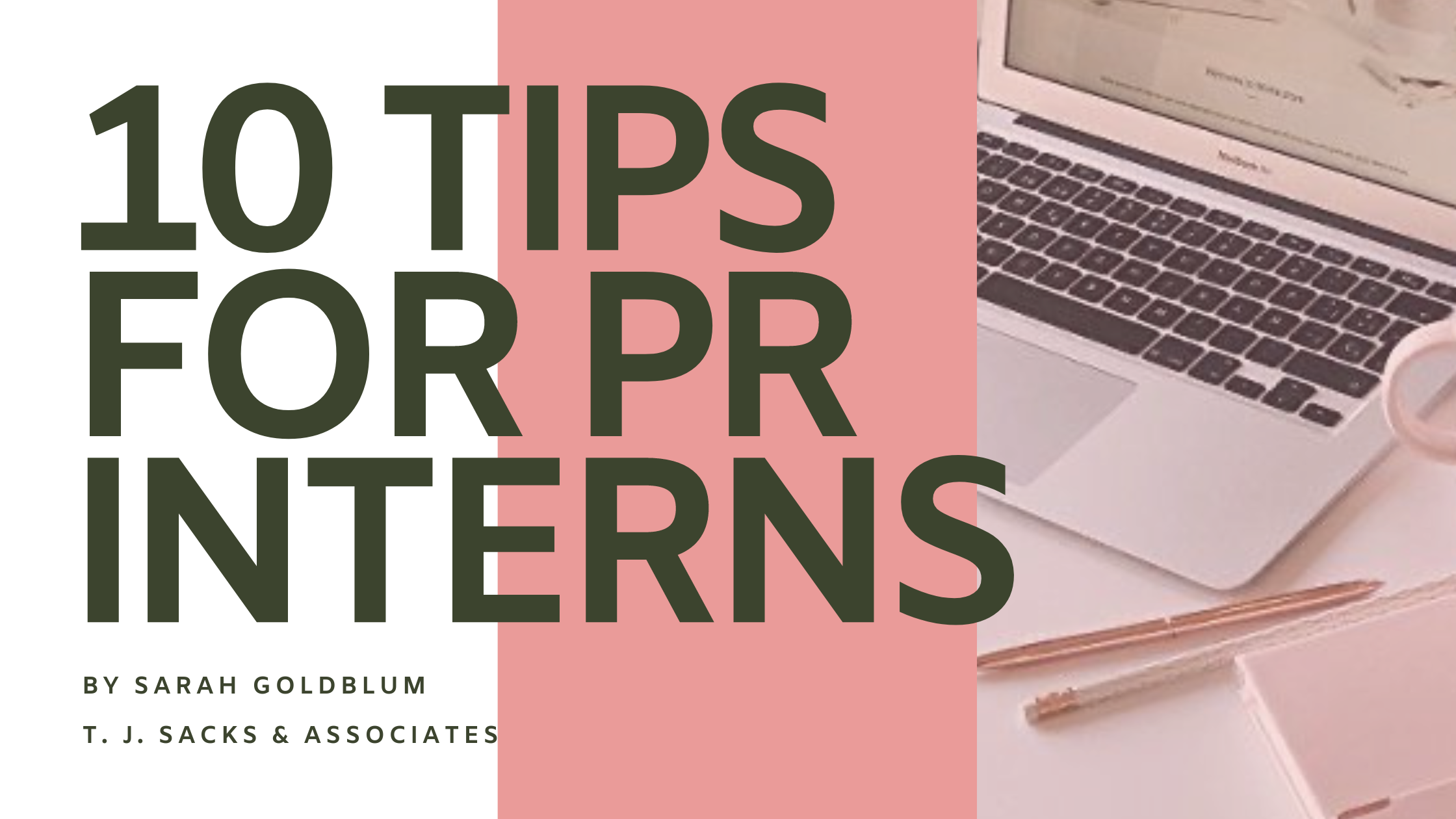
Social media offers an opportunity for public relations agencies to reach out to journalists in a more intimate space. But beware—not all channels offer appropriate outcomes. There are right and wrong ways to use social media to query reporters, because you don’t want to come across as a stalker to a reporter. Remember that the social media sphere is a very personal shared space so be careful to follow these simple do’s and don’ts:
Don’t:
- Don’t pitch journalists through Facebook.
- Facebook is a place for friends. Even though Facebook has become a place for business too, journalists consider Twitter a professional tool, not Facebook. Also, when you message someone you aren’t friends with on Facebook, it goes into their “other” folder, which often goes unchecked. Avoid posting on their wall or to pictures to get noticed– journalists want to maintain some privacy on their Facebook page.
- Don’t mass pitch reporters on Twitter
- Remember, when your tweet can be seen by everyone. Don’t try to get noticed by a lot of reporters at once by pitching multiple accounts at once through tweeting. As soon as you pitch a journalist, they will likely click on your Twitter profile to learn more. If the reporter sees that the last several tweets are copied and pasted to different multiple people, they will lose interest quickly.
- Don’t contact another journalist to get his colleague’s information
- It’s unprofessional to contact a reporter to get through to another one. Even though one reporter might have less followers than another, and it might be easier to see a @mention with that person, reporters are being pitched all the time—so they don’t need to be bothered with a PR person trying to reach their colleague through them.
- Don’t follow up more than once
- The point of pitching on social media is to keep it short and sweet. If you follow up more than once, reporters will automatically mark you as spam and you won’t be able to contact them in the future.
Do:
- Find out the reporter’s beat before you pitch them
- It’s your job to do the research and theirs to determine your pitch’s relevance to the audience and publication. You can find this out by seeing what the reporter is tweeting or retweeting, and also by investigating their bio; it will usually say what topics they are interested in or what their beat is. You can also double check on such media directories as Cision.
- Use Twitter to pitch
- Twitter forces PR pros to keep their pitches short and catchy. It is okay to pitch journalists through Twitter because they treat their accounts as an extension of their reporting, so they might be more willing to chat with you on Twitter about topics relating to their beats. When pitching reporters on Twitter, @mention the company you are working for and a link to some news–if they recognize the organization they maybe more likely to respond.
Remember to follow social media etiquette and you’ll do just fine.


